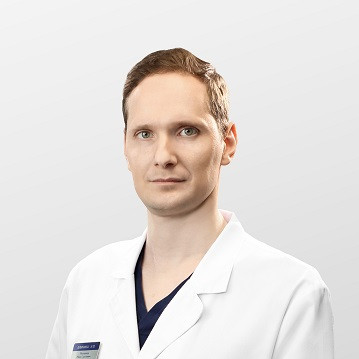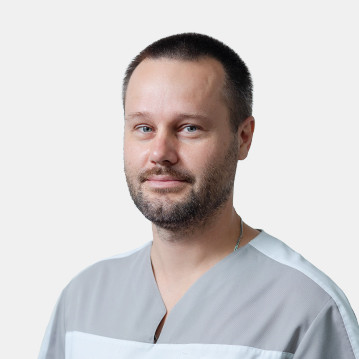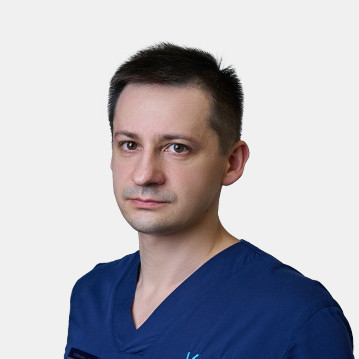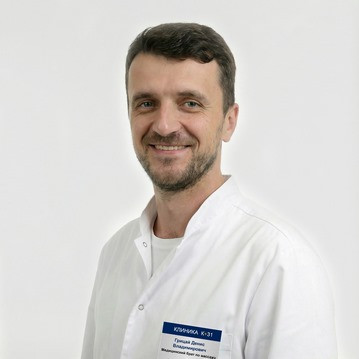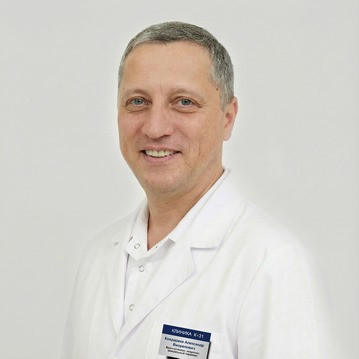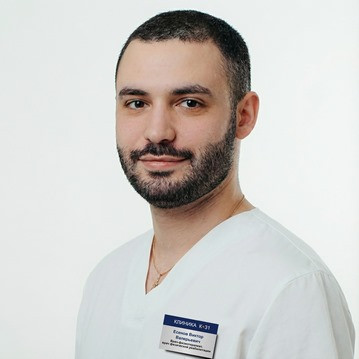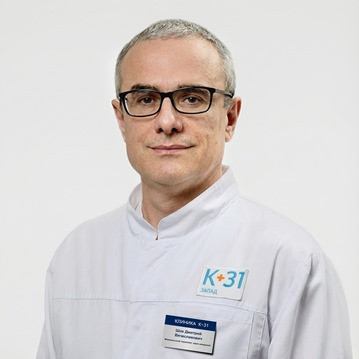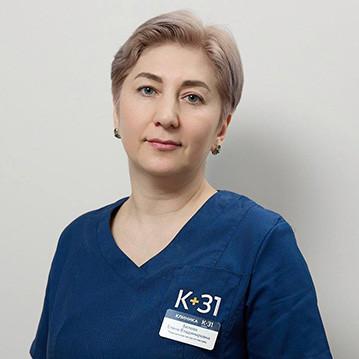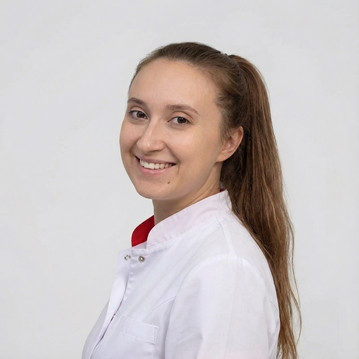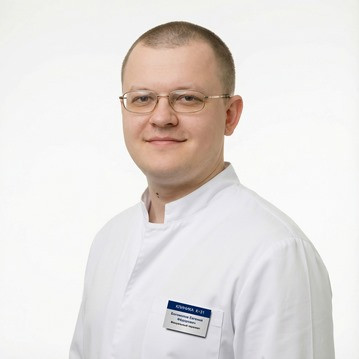Our clinic provides rehabilitation and recovery of patients after hip and knee arthroplasty and other surgical operations for diseases of the musculoskeletal system. A successful hip or knee replacement surgery is only the beginning of a long road to recovery. The recovery phase also plays a huge role in this process.
If a knee replacement was performed, rehabilitation is faster and easier. But a full recovery after a hip replacement is quite possible.
Professional rehabilitation restores the motor function of the joint, promotes the fusion of the prosthesis with the bones and the renewal of bone tissue, normalizes the functioning of muscles and ligaments, eliminates postoperative inflammatory processes and prevents the development of complications. Our clinic provides a complex of comprehensive rehabilitation measures, which significantly increases the patient's chances of fully recovering after joint surgery.
Recovery after hip arthroplasty. Stages
The first consultation with a rehabilitation specialist takes place before the operation. The doctor will tell the patient about the stages of rehabilitation after endoprosthetics, about the features of the orthopedic regimen and the necessary movement restrictions, about what patients can and cannot do after surgery. And it is he who determines the nature and scope of preventive and other measures to restore the joint.
Rehabilitation during arthroplasty of large joints, as well as rehabilitation after arthroplasty of the knee joint, includes several stages:
- Preoperative
- Early postoperative stage of rehabilitation (from the moment of surgery until the patient is discharged from the hospital).
- The next postoperative stage of rehabilitation (from the moment of discharge from the hospital up to 3 months).
- Late postoperative rehabilitation (3 to 6 months).
The condition of the patient before the operation is also important. It directly affects the recovery of the joint, the speed and effectiveness of rehabilitation.
What do I need to do to prepare for joint replacement surgery?
- control your weight;
- quit smoking;
- visit the dentist;
- stop taking certain medications (as agreed with the anesthesiologist);
- do exercise therapy to strengthen the muscles of the legs, back, abdomen, maintain the overall tone of the body;
- Assess your home care needs after leaving the hospital.
It is also necessary to undergo a medical examination and obtain permission for the operation.
It is very important for all patients, regardless of their lifestyle and build, to strictly follow all the doctor's recommendations in the period before surgery and during rehabilitation after it.
Admission to a hospital for rehabilitation
In the hospital, rehabilitation after hip arthroplasty includes the following:
- Respiratory gymnastics. It is prescribed to the patient immediately after surgery and helps prevent congestion in the lungs.
- Drug therapy. It is aimed at preventing complications, the development of infections and inflammatory processes, thrombosis in the limb, pain relief after joint replacement and restoration of muscle and bone structures. And includes antibiotics, anticoagulants, NSAIDs, calcium supplements, and other medications.
- Physiotherapy. It is necessary to improve blood circulation and metabolic processes in the lower limb, reduce pain and swelling, increase muscle tone and strengthen ligaments. These include: electrophoresis, UHF, electromyostimulation, laser therapy, magnetotherapy, mud therapy, etc.
- Therapeutic exercise (exercise therapy). This is the main part of rehabilitation, which restores the motor function of the joint, muscle strength, strengthens the immune system, prevents postoperative complications, and increases the range of motion. Exercises, their frequency and intensity for each patient are selected individually, taking into account the condition, age and concomitant diseases.
- Massage. During rehabilitation, it should be carried out by a professional specialist. Massage helps to reduce pain and swelling of the lower extremities, maintain muscle tone and speed up recovery.
Early rehabilitation stage
After hip arthroplasty, the patient is transferred to the intensive care unit, where he undergoes a rehabilitation course under the supervision of instructors. This stage lasts 2-3 weeks. Rehabilitation treatment consists in taking medications and performing exercise therapy exercises to prevent complications, muscle atrophy. The exercises are very sparing, aimed at passive movements of the knee joint and ankle, isometric contraction of the muscles of the limb, lying on the bed. These are foot movements, muscle tension and relaxation, leg flexion at the knee joint, etc.
In the first week after joint replacement surgery, the patient may have pain, but with the healing of the suture, they usually disappear. You can start to get up and walk a little (with the support of crutches or a walker and under the supervision of an instructor) the very next day after the hip replacement surgery. Gradually, in the process of rehabilitation, the loads increase, the patient is taught to sit, stand, maintaining the correct position of the body, walk longer and lean on the operated leg.
Late rehabilitation stage
After discharge from the hospital, the patient can independently undergo rehabilitation activities, but, of course, it is better to do this under the supervision of professional instructors. When performing exercises during recovery after joint arthroplasty, the patient must strictly follow all the recommendations of the instructor, and not increase the load on his own.
At this stage of rehabilitation, you need to take long walks (with the help of crutches), the duration of which should gradually increase from half an hour to several hours. With the permission of the attending physician and when the patient feels confident (about one and a half to two months after the start of rehabilitation), crutches can be replaced with a cane, and after another couple of weeks, the cane can be abandoned. It is necessary to continue to engage in exercise therapy, the exercises of which are becoming more and more diverse. With a good course of the recovery process, the patient is assigned to such activities as cycling or visiting a specially equipped pool, where therapeutic exercises will be held. Also, during the entire recovery period after arthroplasty, patients should be regularly examined by a specialist who monitors the dynamics of limb recovery and regulates the course of rehabilitation.
Delayed stage of rehabilitation
This is the stage that begins after the completion of the recovery course in the rehabilitation center, the patient's health passes into his hands and depends on his further behavior and following the recommendations.
Sanatorium treatment will have a positive effect on health and recovery processes after joint replacement. In the health resort, physical culture methods of treatment, balneotherapy (therapeutic mud applications, etc.), various water procedures, including mineral baths with the use of healing springs, as well as swimming and swimming in the pool, etc., are used.
All this improves blood circulation, strengthens bones and muscles, relieves pain, promotes the resorption of scars after joint arthroplasty, and also normalizes sleep and wakefulness and accelerates the patient's full recovery.
How is the restoration of the hip joint after arthroplasty done at home?
It does not matter whether the patient is recovering in a rehabilitation center or at home, the treatment will still take place under the supervision of a specialist. And either you will come to him every time in the clinic, or you will have to call him at home. Self-rehabilitation without the supervision of a specialist can not only not improve the condition of the joint, but also worsen it.
The main recommendations for patients after arthroplasty:
- use crutches or a walker for the first time during rehabilitation;
- loads should be increased gradually and with care;
- you need to learn how to sit, stand and walk properly;
- lie with a pillow between your legs, turn only on your healthy side, and sleep only on your back for the first few days.
In order to achieve the greatest efficiency and restore the joint after arthroplasty as soon as possible, it is better to undergo rehabilitation in a specialized center and be sure to strictly follow all the recommendations of doctors and instructors.
Our rehabilitation center is located in Moscow. Make an appointment with a rehabilitation specialist to get a detailed consultation and have an operation. We can also go through rehabilitation after it.
In general, rehabilitation after hip arthroplasty takes about three months. But for the full preservation of motor activity, the patient needs to do exercises and walk not only all this time, but also at the end of the recovery stage.
A comprehensive rehabilitation program after arthroplasty in our clinic will minimize all possible complications and speed up recovery after operations on the joints and spine.

